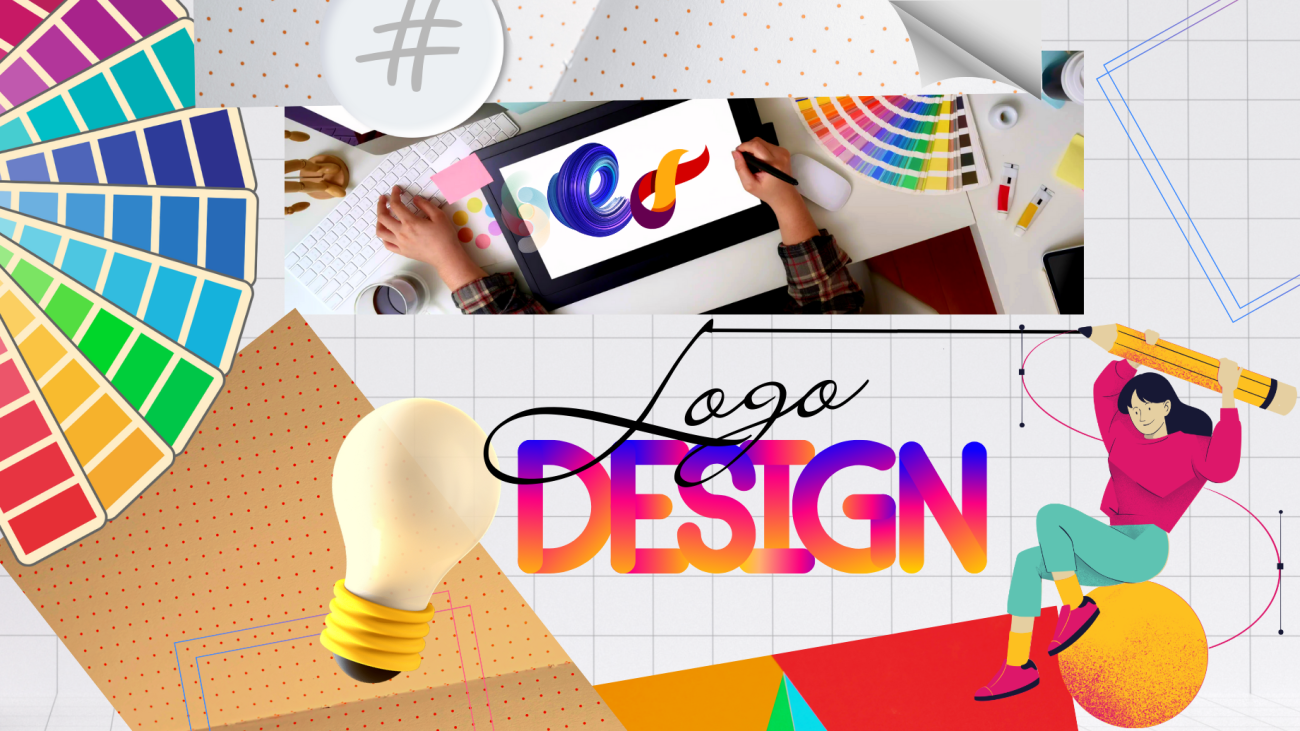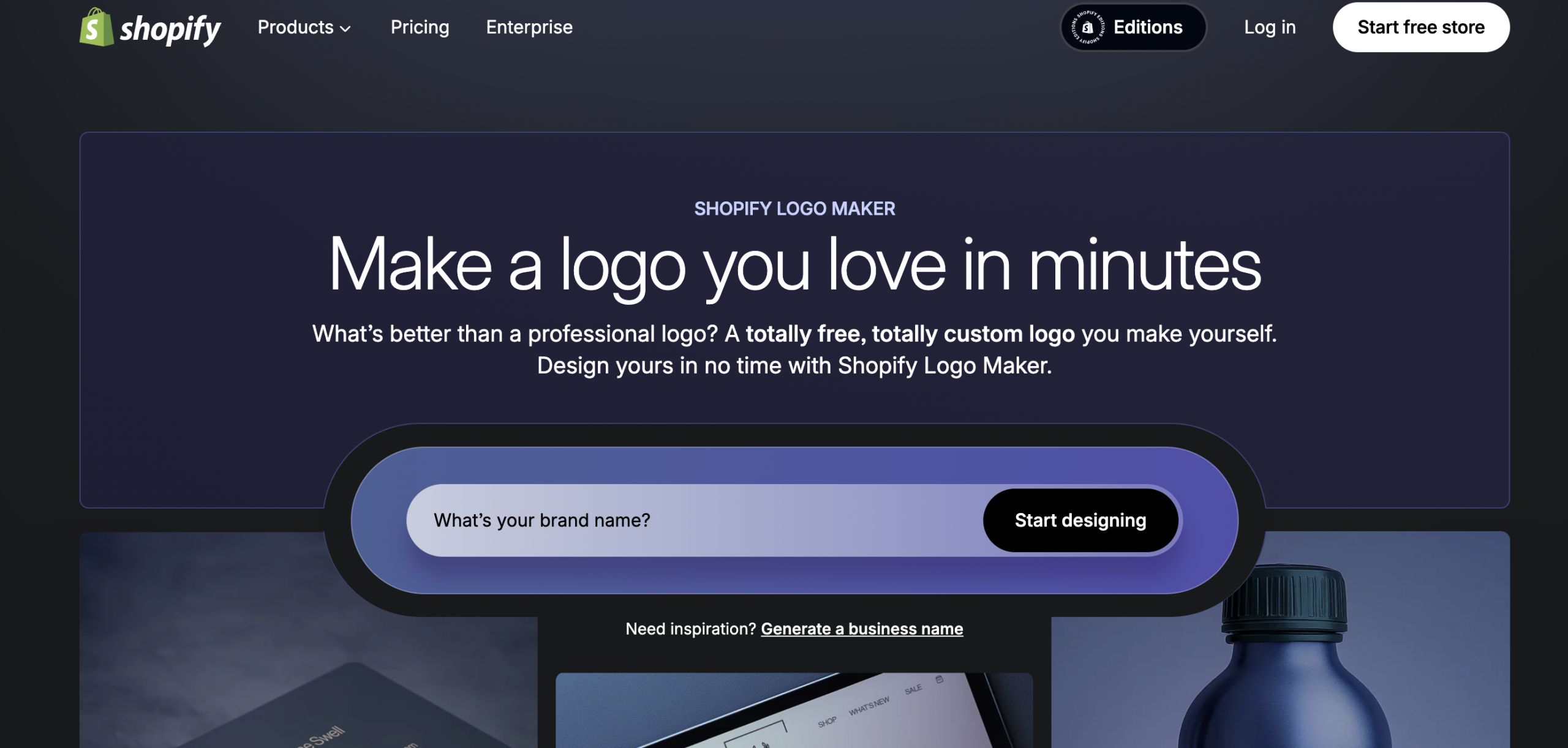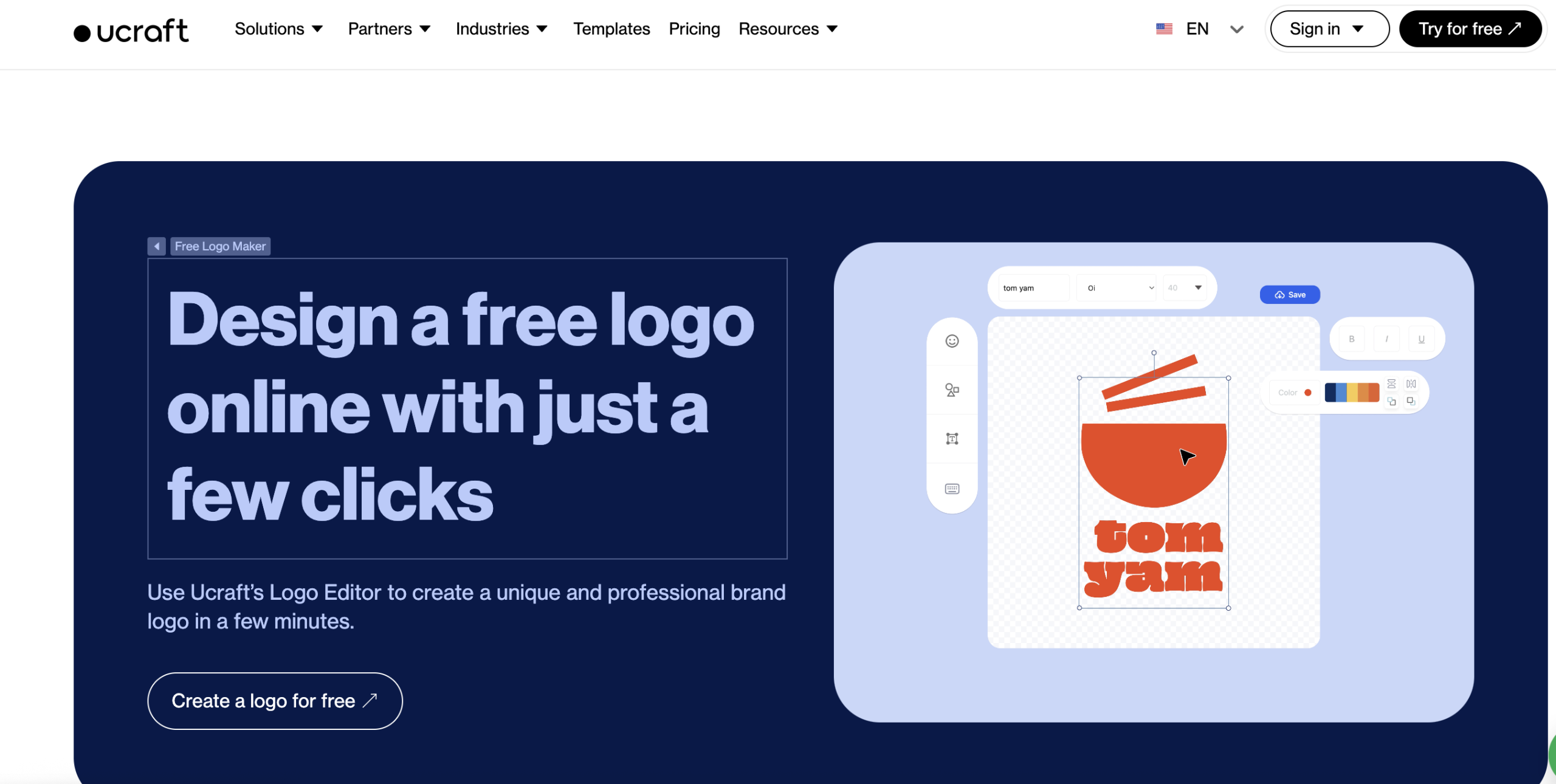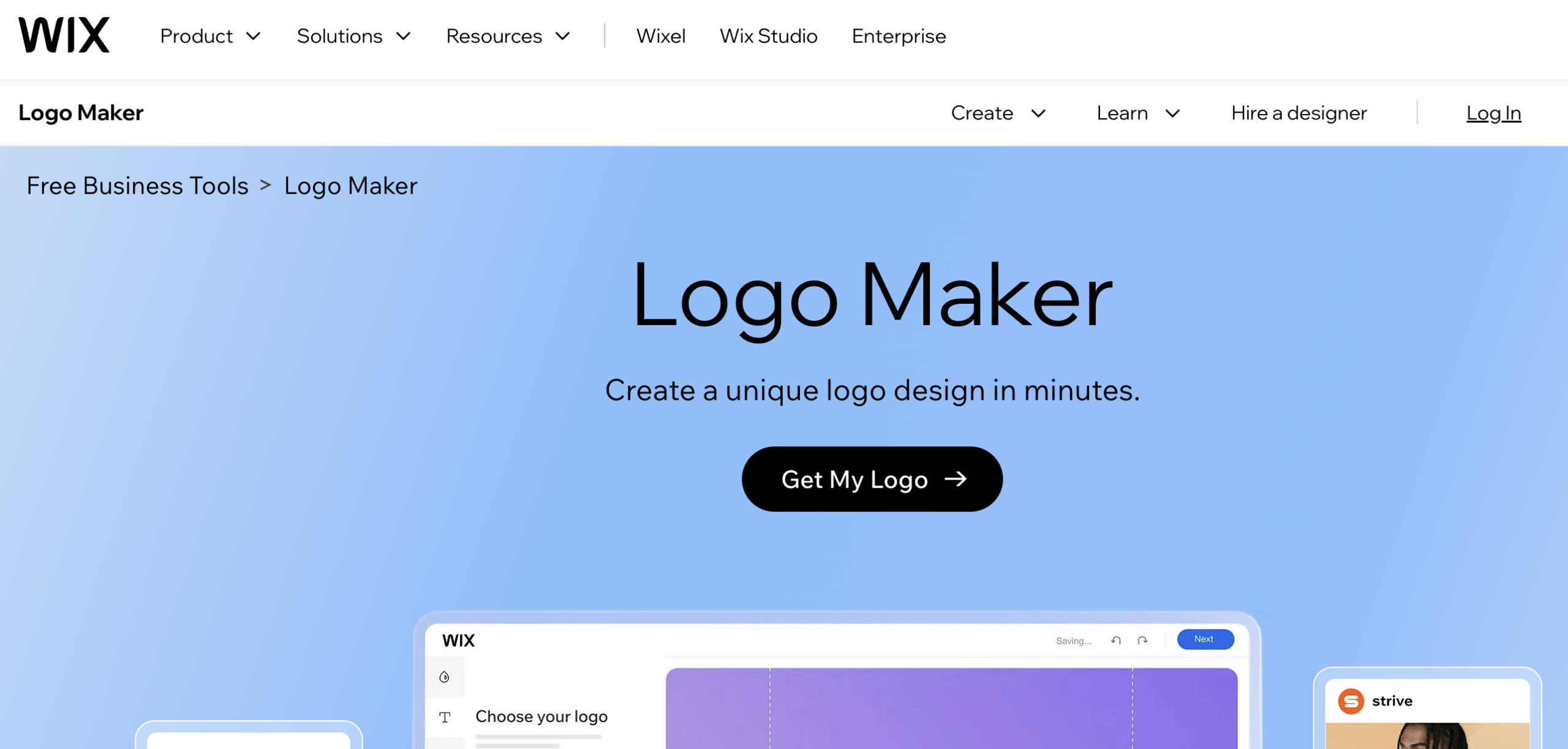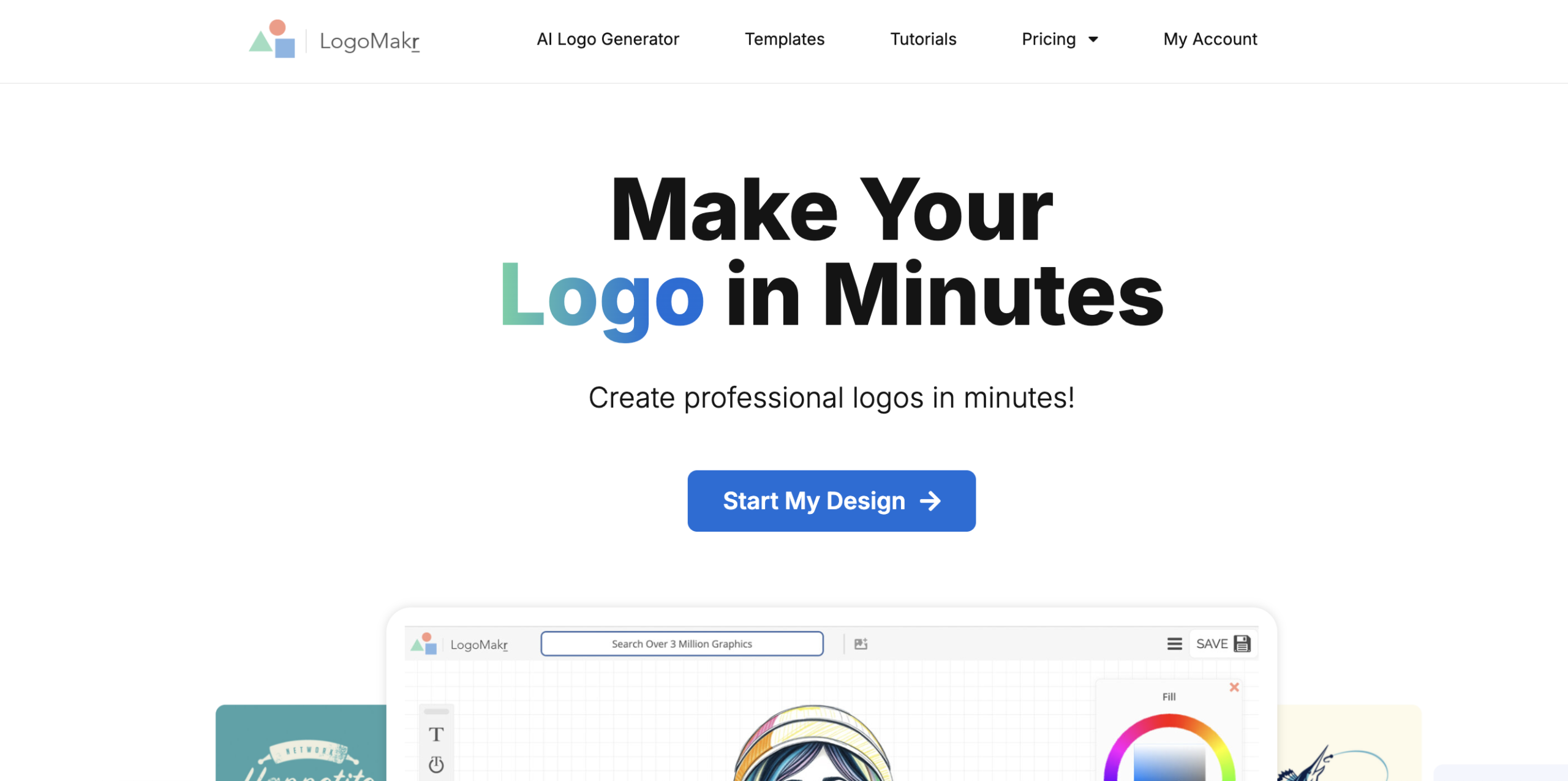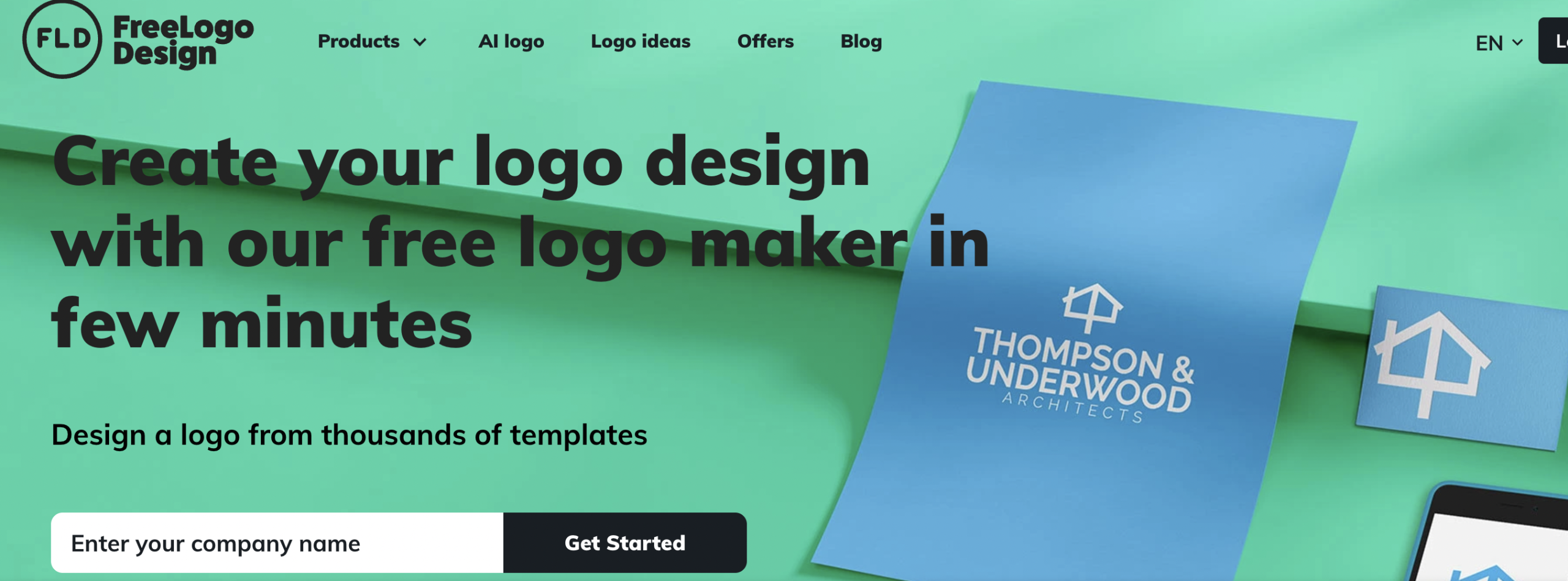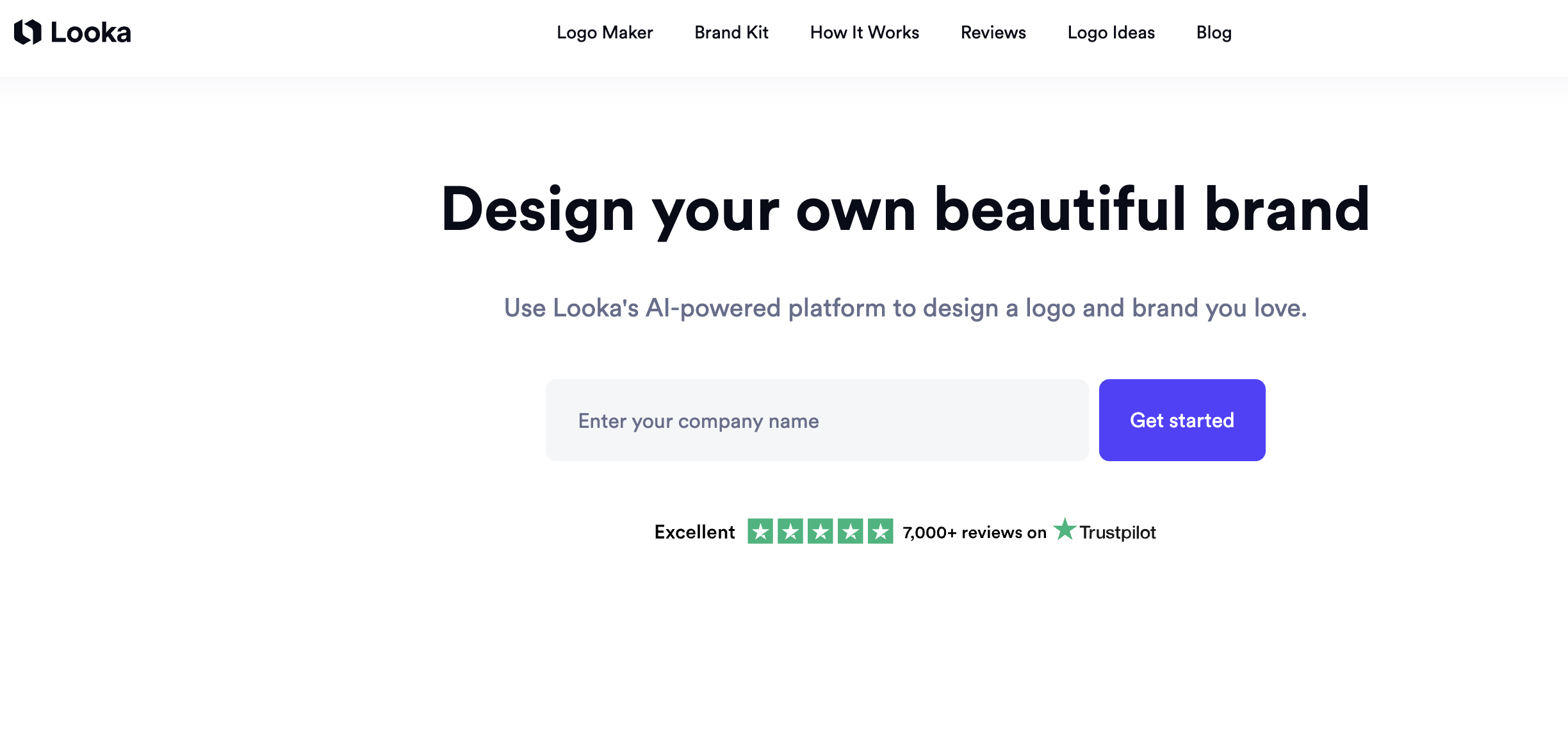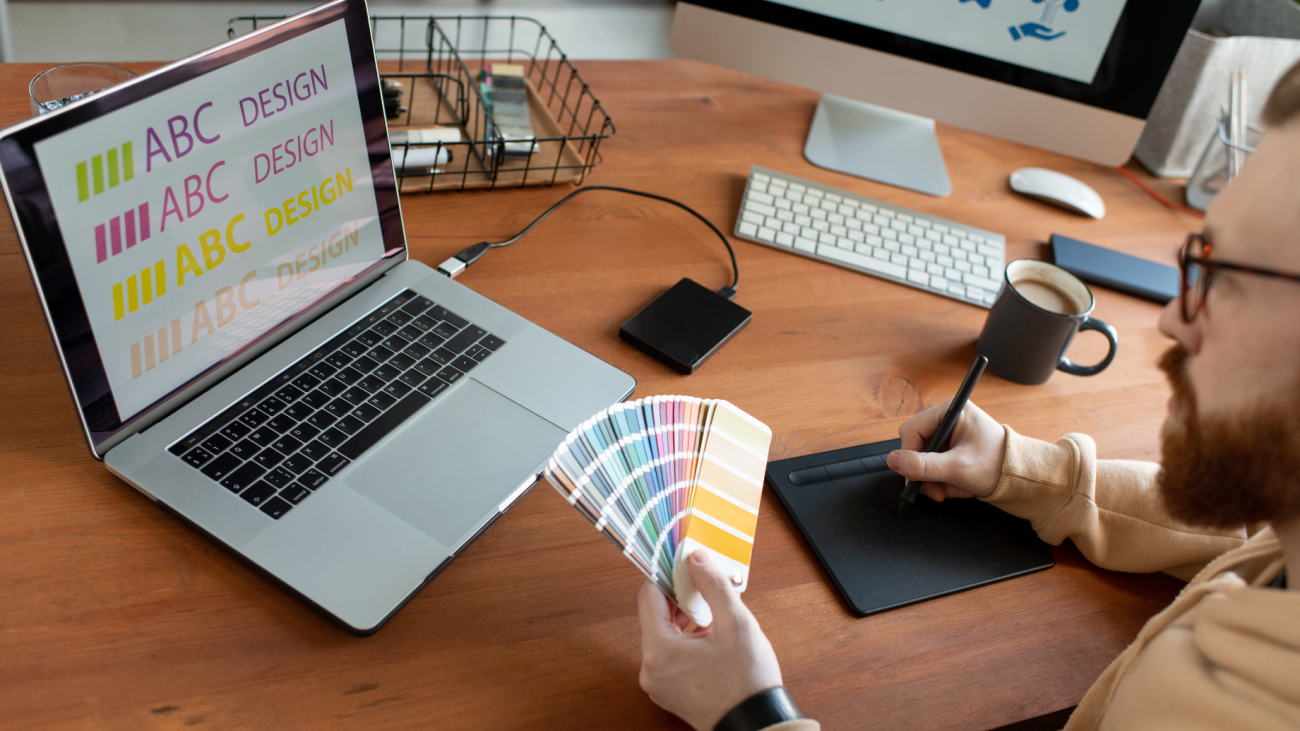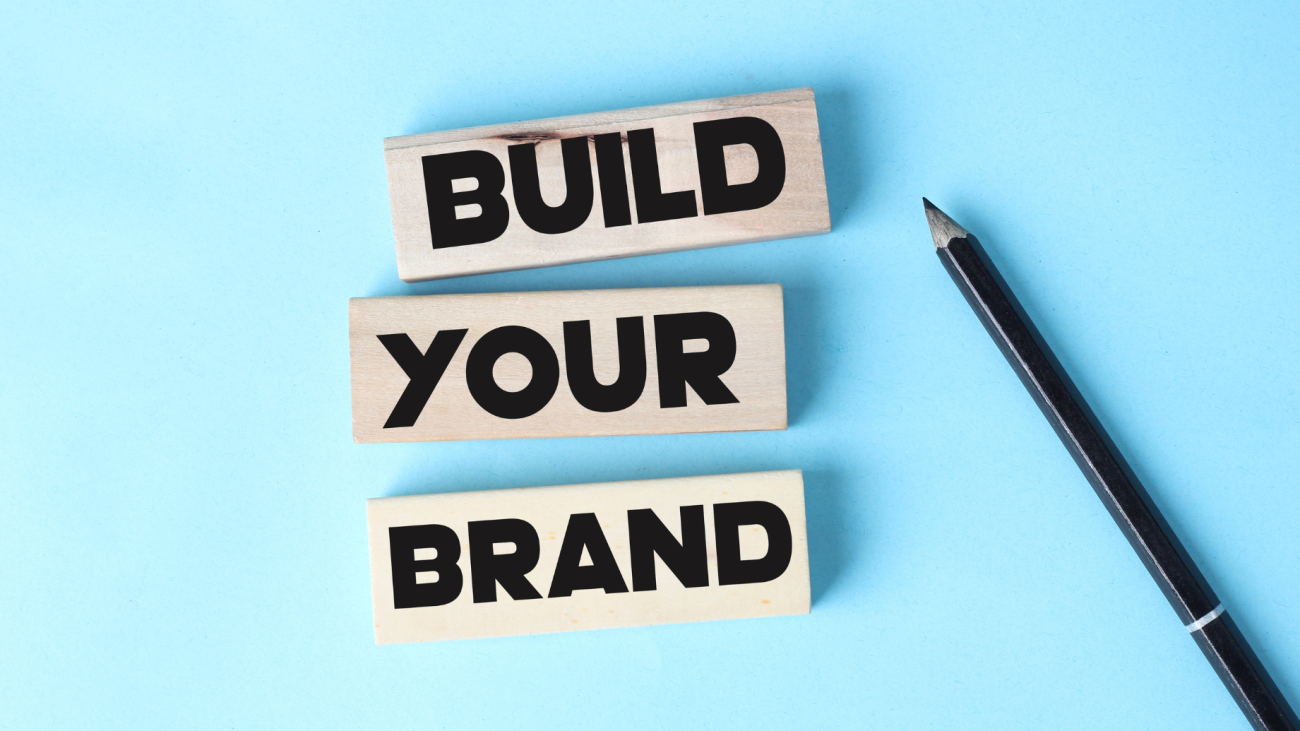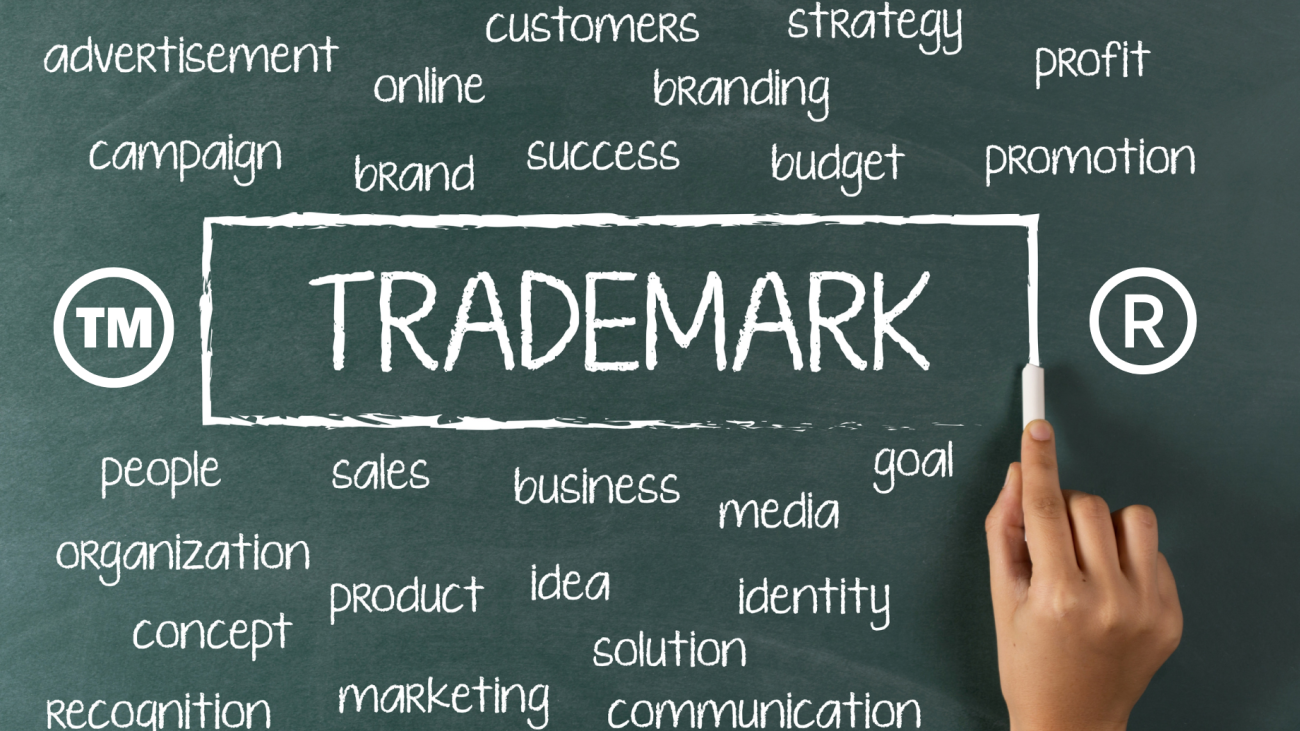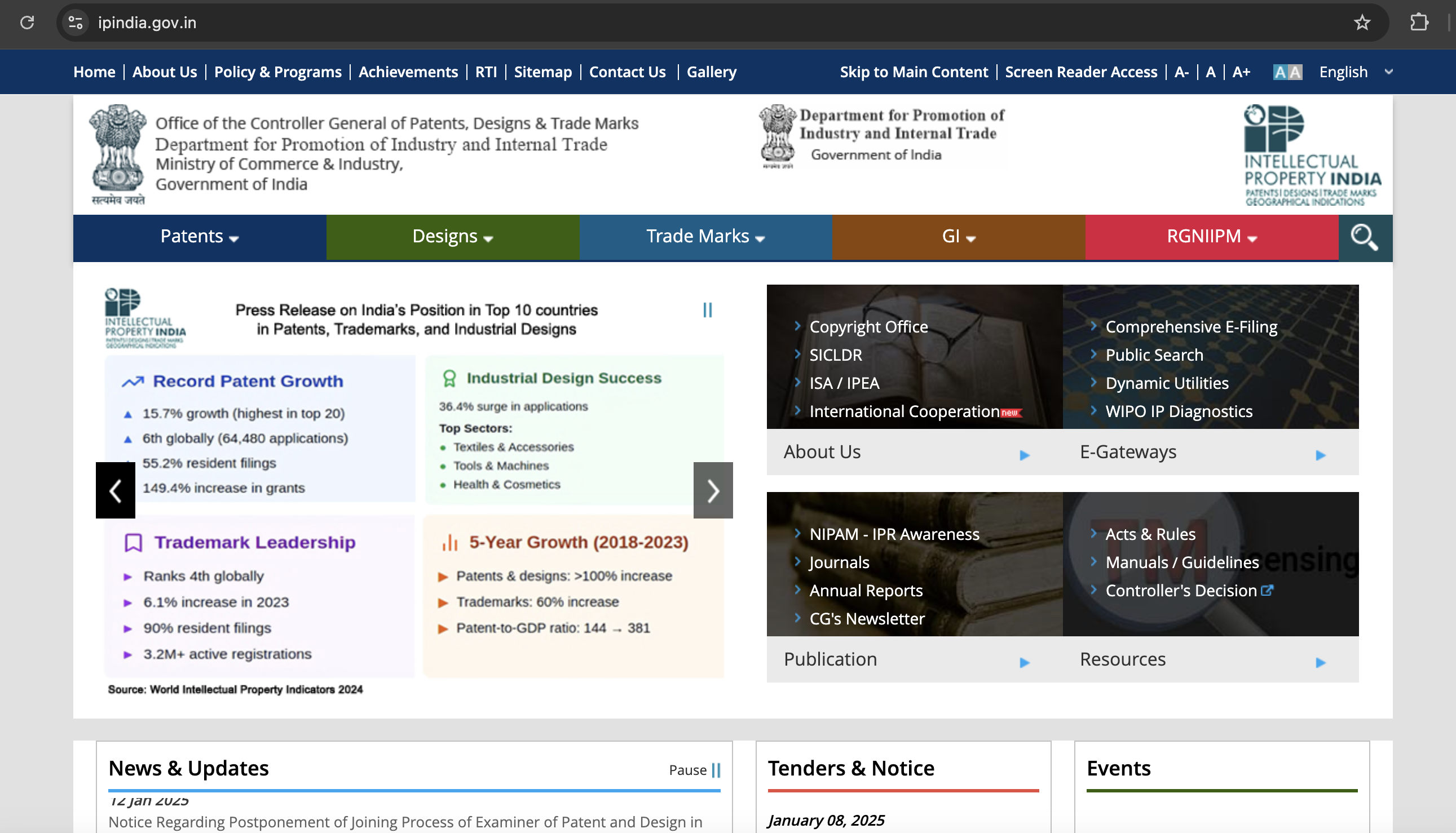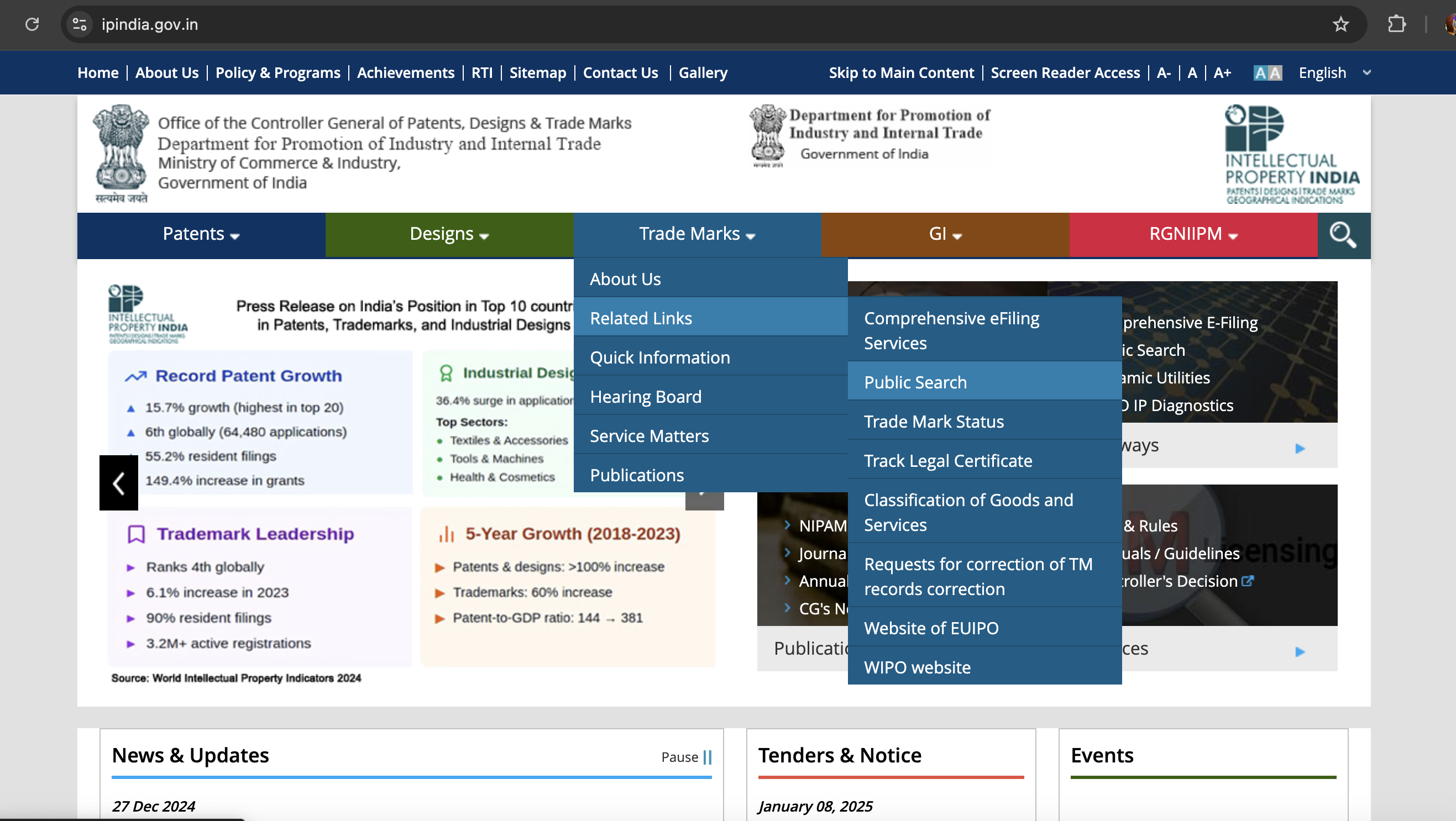User experience (UX) design is more than just creating artistic and creative pleasing interfaces. It is about making products easy to use, accessible to all, and enjoyable. Whether you are a beginner in this field or an experienced UX designer, learning from the best minds can enhance your skills.
As a digital designer, I have learned that great design isn’t just about making things look beautiful. It is about solving real problems for real people. Over the years, I have realized that mastering user experience (UX) design requires much more than creativity. It calls for empathy, strategy, and a deep understanding of human behavior.
Books have played a huge role in shaping my design mindset. They helped me bridge the gap between visuals and usability. In this article, I am sharing ten books that can truly influence anyone in learning new approaches to UX design. It does matter whether you are just a beginner or looking to refine your skills; these books will inspire, educate, and elevate your work.
Here are ten must-read books that will help you become a better UX designer.
1. Don’t Make Me Think – Steve Krug
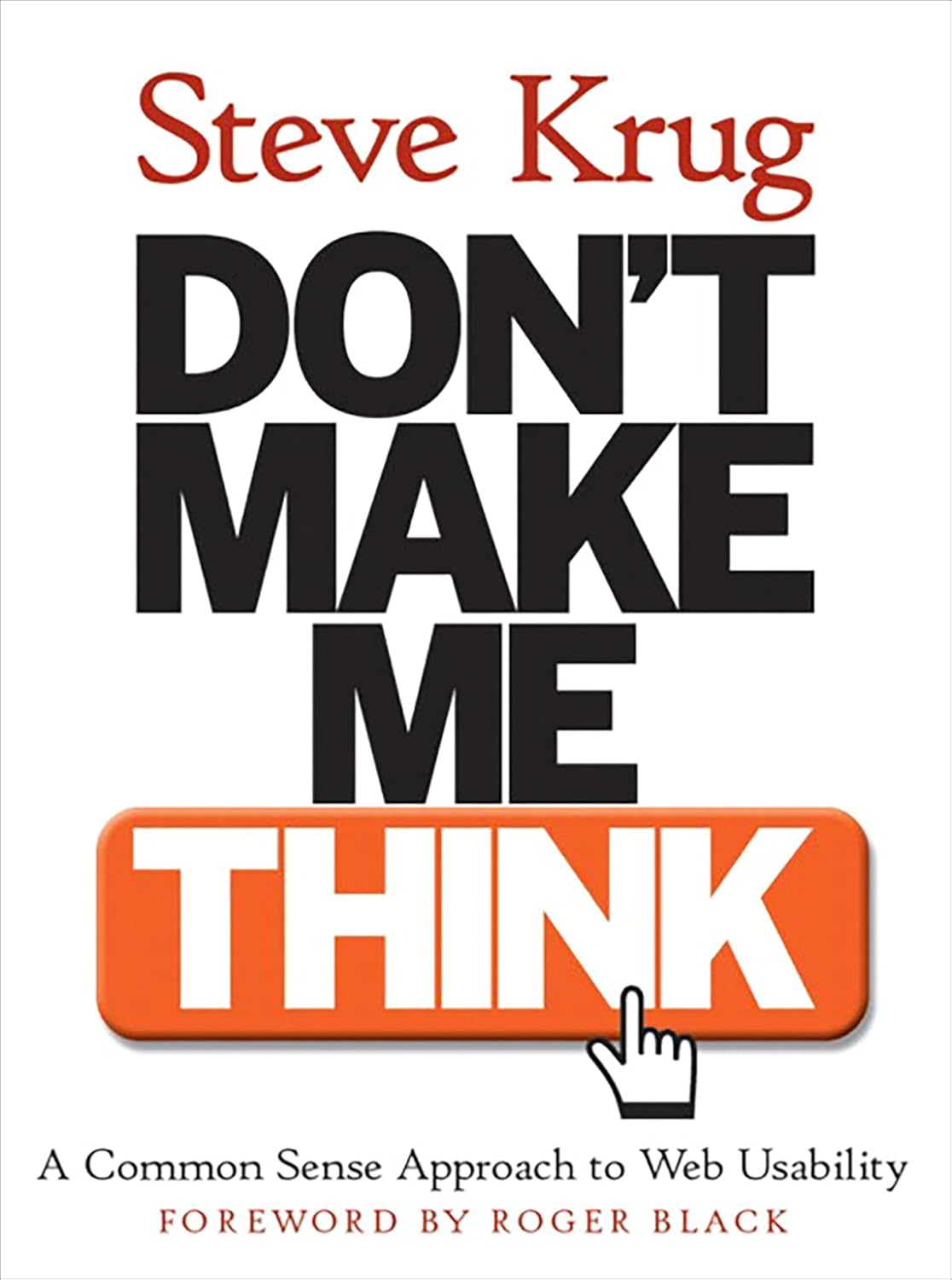
This book is a classic in UX design. It emphasizes simplicity and usability. Steve Krug explains how users don’t want to think too much when navigating a website or an app. They just want it to work in an easy-to-understand way.
This book suggests that good design is intuitive. If a user has to stop and figure out how to use something, it’s not designed well. Just think about a door with a handle when it should just have a push plate. If users pull when they should push, it’s a design failure, not a user error.
Buy Now: Amazon
This book also has an updated version: Don’t Make Me Think, Revisited: A Common-Sense Approach to Web Usability (Voices That Matter). This is a fresh perspective to reevaluate the principles that made Don’t Make Me Think a classic. It has updated examples and a new chapter on mobile usability. Buy Now: Amazon
2. The Design of Everyday Things – Don Norman
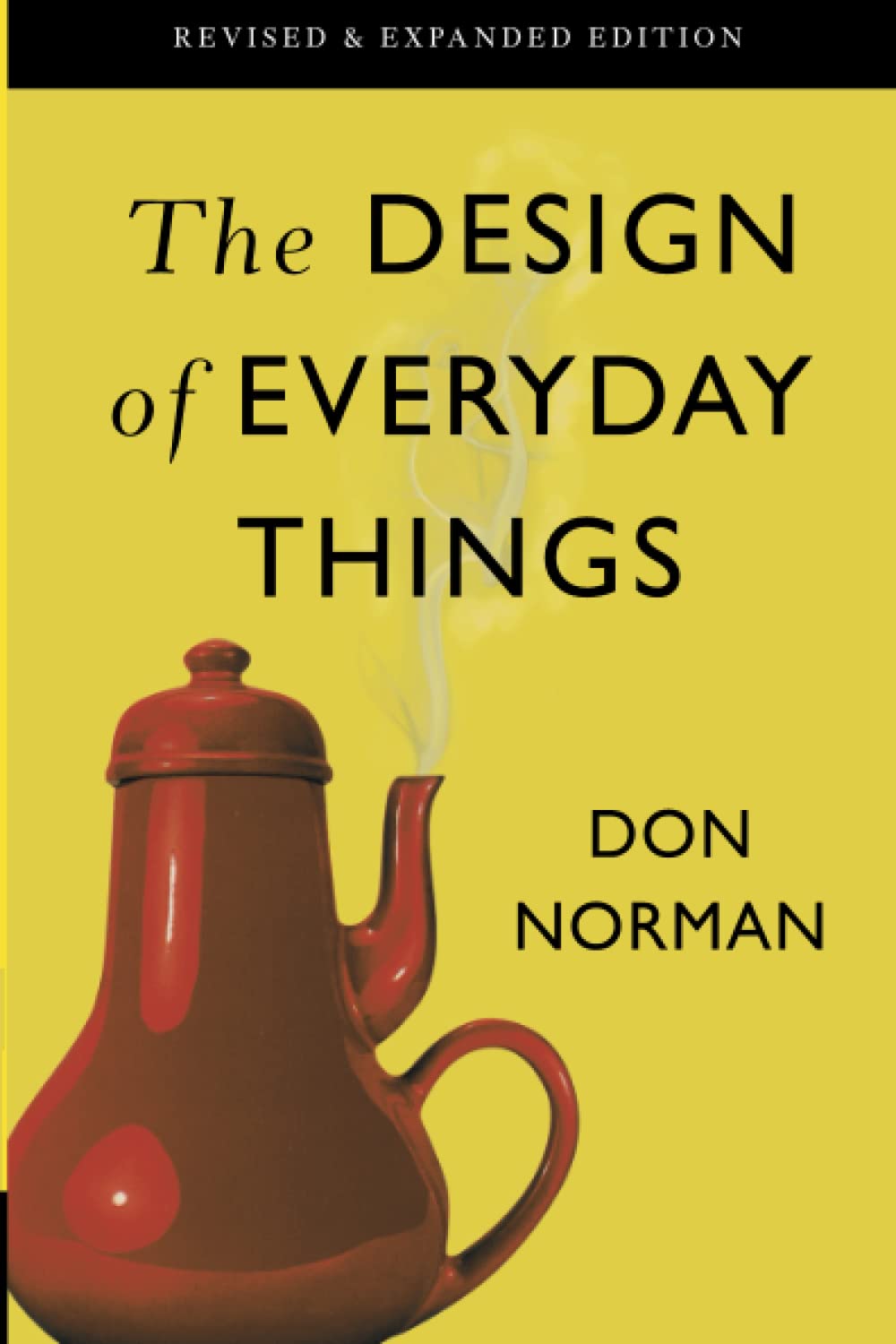
Don Norman is one of the pioneers of UX design. He explains how design should be centered around human psychology. He introduces the concept of affordances– how objects give clues about their use.
This book tells us that a well-designed product should communicate its function without needing instructions. Let us take an example. A teapot with its spout and handle positioned correctly guides the user naturally, whereas a confusing design, like a poorly labeled microwave panel, forces the user to struggle.
Buy Now: Amazon
3. Hooked: How to Build Habit-Forming Products – Nir Eyal
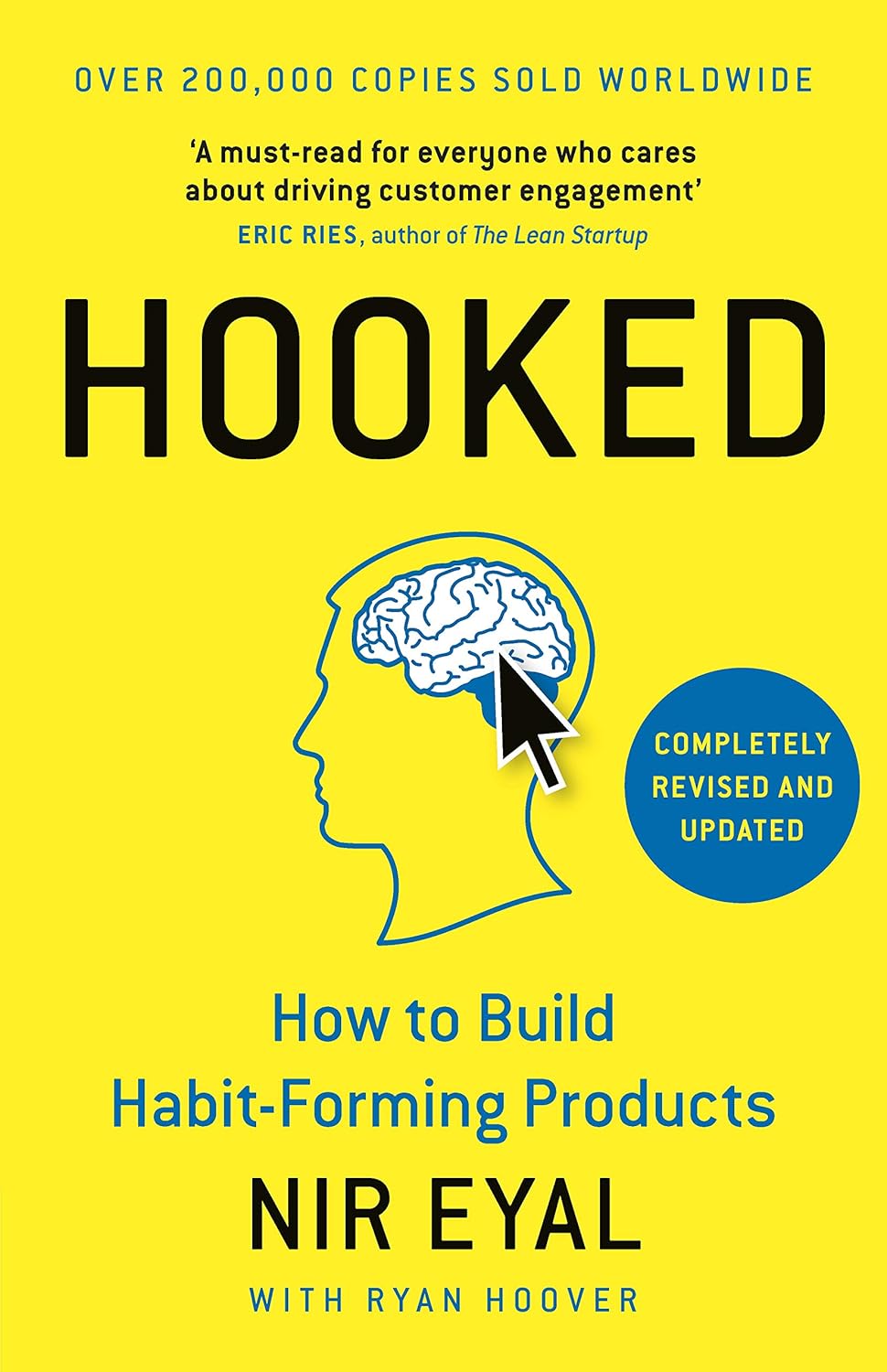
If you want to understand how successful digital products like Facebook, Instagram, and YouTube keep users engaged, this book is for you. Nir Eyal breaks down the psychology behind habit-forming products using the Hook Model.
According to this book, users always get “hooked” when a product continually solves their problem while creating a habit loop. Let’s take an example of Instagram’s notification system. You see a red dot (trigger), check the app (action), get a like or comment (reward), and post more content (investment), reinforcing the cycle.
Buy Now: Amazon
4. Lean UX – Jeff Gothelf and Josh Seiden
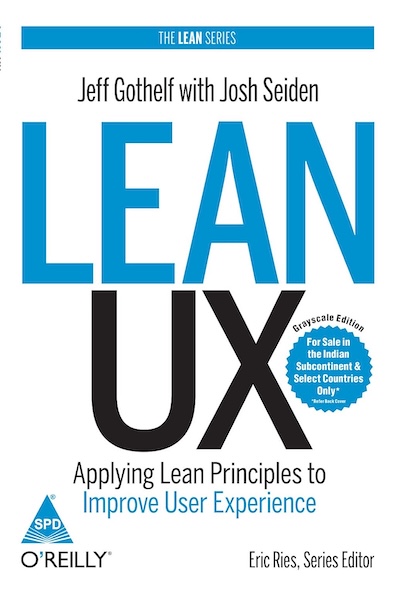
Lean UX focuses on rapid experimentation and collaboration to help teams create better designs without wasting resources. This book is perfect for those working in fast-paced environments.
This book taught readers that instead of spending months designing a perfect app, you have to release a basic prototype, gather feedback, and improve it based on real user behavior. This is really a good way to save time, resources, and money.
Buy Now: Amazon
5. Sprint: How to Solve Big Problems and Test New Ideas in Just Five Days – Jake Knapp
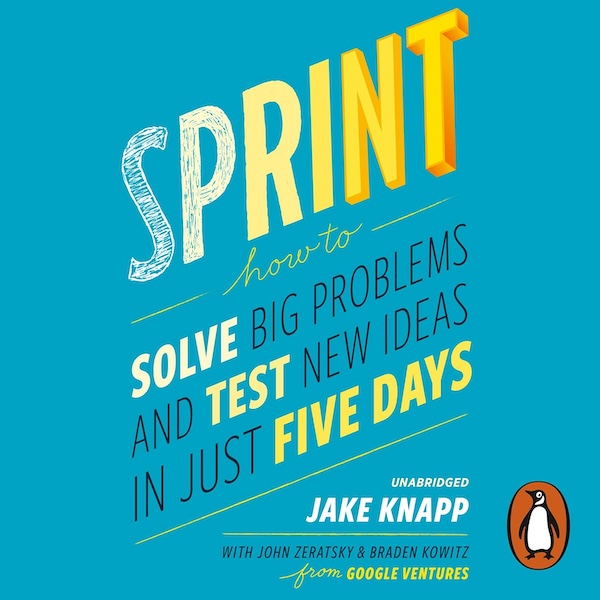
The Sprint method was developed at Google Ventures. It is a structured process for solving big design challenges in just five days. The book suggested that instead of long product development cycles, focus on rapid prototyping and user testing. To know the whole process, you need to read this book.
For example, imagine a startup with an idea for a new food delivery app. Instead of building the full product, create a simple interactive prototype, test it with a few users, and refine it before investing time and money.
Buy Now: Amazon
6. UX for Beginners: A Crash Course in 100 Short Lessons – Joel Marsh
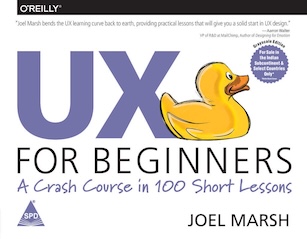
If you are new to UX design, this book is an excellent starting point. It covers UX principles in a simple, easy-to-understand manner with real-world examples. The book taught us that UX is not just about making things look good; it is about making them work for real users.
If you see a website with an eye-catching design but a confusing checkout process, will you order from that? Definitely not. The website will lose customers if it does not have good navigation. Good UX ensures a smooth journey.
Buy Now: Amazon
7. About Face: The Essentials of Interaction Design – Alan Cooper
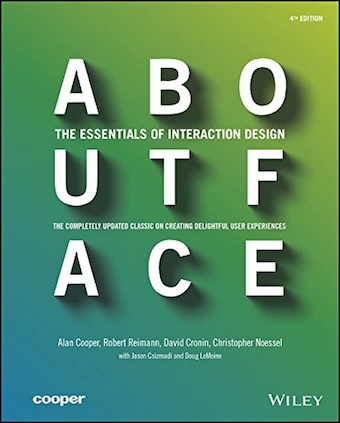
This book dives deep into interaction design, helping designers create intuitive interfaces that feel natural. With the help of this book, you can understand user behaviors and design for real-world scenarios. For example, a good e-commerce website remembers a user’s previous searches and suggests relevant products. This makes shopping effortless and encourages users to return frequently.
Buy Now: Amazon
8. 100 Things Every Designer Needs to Know About People – Susan Weinschenk
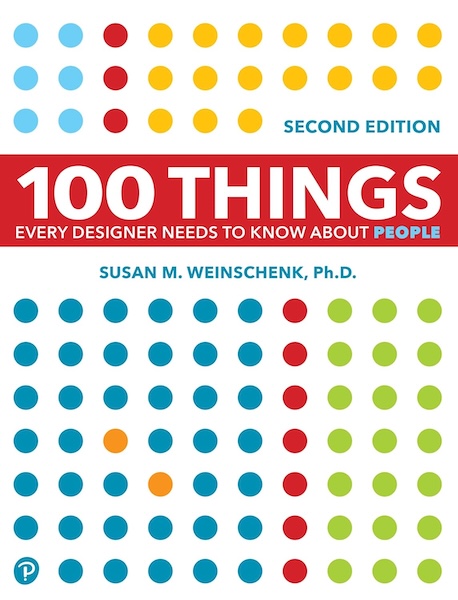
Are you often curious about why some buttons get more clicks than others? Placement, color, and wording all influence user behavior. “Buy Now” in bright orange attracts more attention than a gray “Submit” button. You can learn all these in this book.
Understanding human psychology is key to UX design. This book explains how people think, what grabs their attention, and what motivates them to take action. This book suggests that the Good UX design taps into human psychology to create experiences that feel natural.
Buy Now: Amazon
9. Seductive Interaction Design – Stephen Anderson
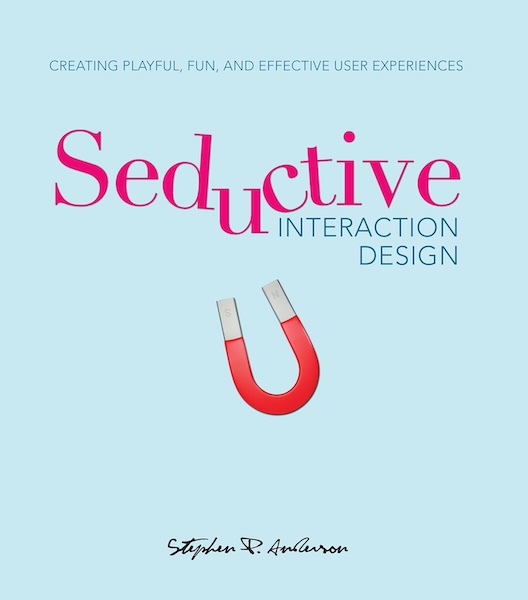
This book focuses on how to make digital experiences more engaging and enjoyable by using persuasive design techniques. It guides that the design should not only be functional but also delightful and emotionally engaging.
For example, think of Duolingo’s fun animations and progress rewards. They turn learning a language into a game, making users want to come back. Their streak feature makes users open the app daily.
Buy Now: Amazon
10. Storytelling for User Experience – Whitney Quesenbery & Kevin Brooks
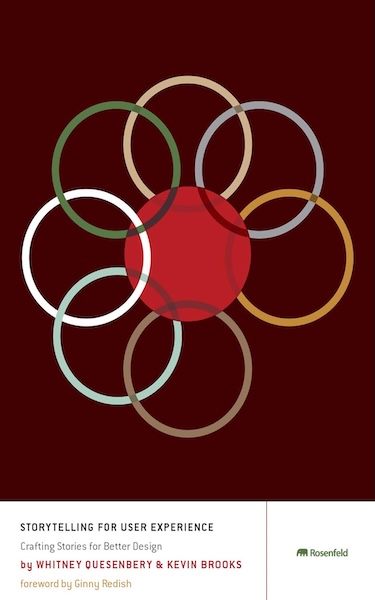
This book teaches how storytelling can enhance UX design by creating deeper emotional connections with users. A compelling story makes users feel connected to a product, which leads to better engagement.
We all know that Apple’s marketing does not just sell iPhones. They tell stories about creativity, connection, and innovation in their promotions or launching events. This makes users feel part of something bigger.
Buy Now: Amazon
Read More, 50 Popular and Best Fonts in 2025 For Designers
These books not only can sharpen your design skills but also transform the way you think about users, products, and experiences. UX design is a constantly evolving field, and staying curious is key. Whether you pick one book or dive into all ten, I hope they inspire you as much as they have inspired me.
Keep learning, keep experimenting, and most importantly, keep designing with heart.

